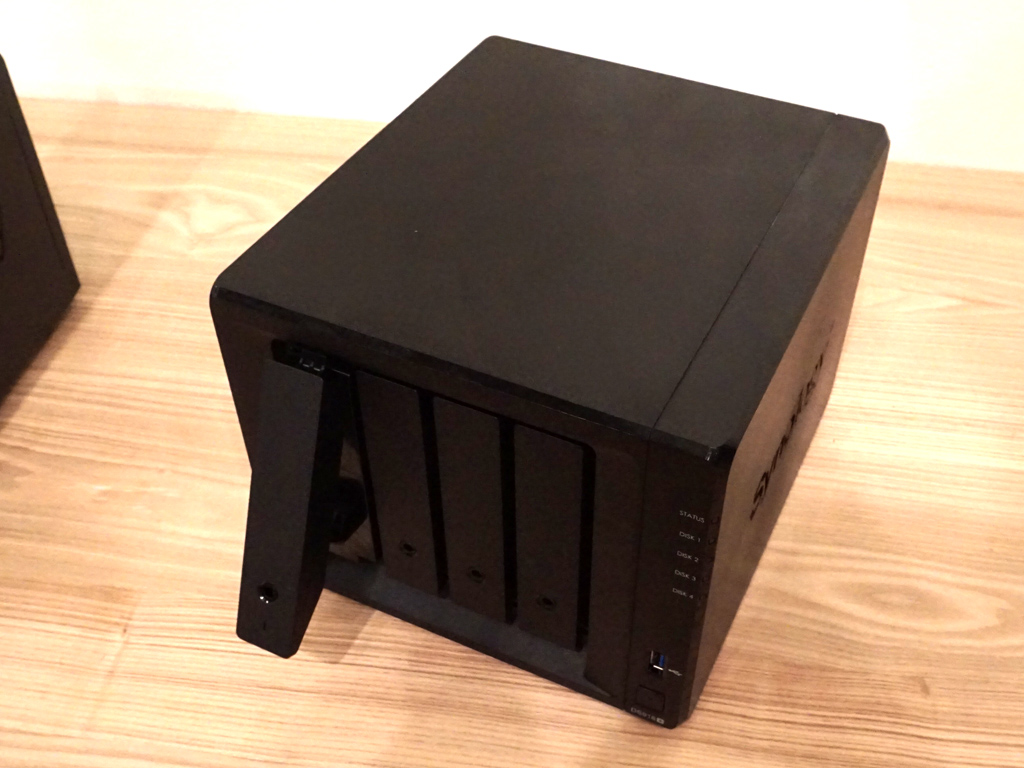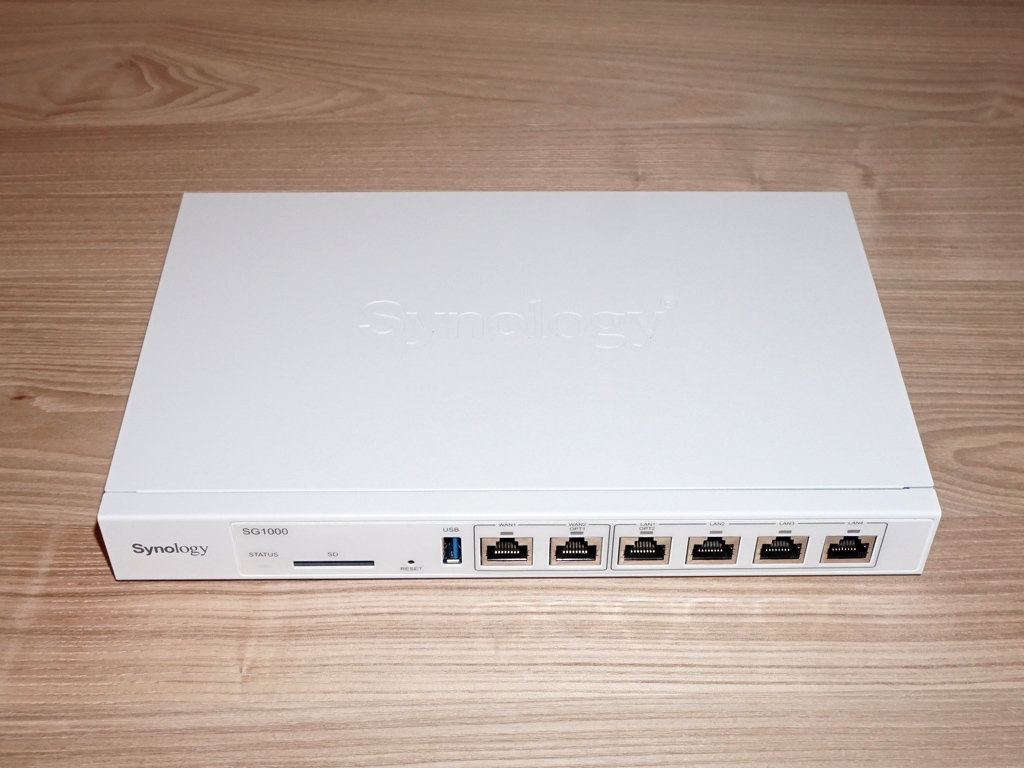Synology Shows Off New NAS Servers, Gateways, More At Computex



Synology didn’t have a booth at the Nangang Exhibition center for Computex 2017. Apparently the company wanted lots of space in which it could show off its products in a more interesting way, and getting such a large booth at the main Computex show would have been bloody expensive. That left Synology with no other choice but to leave the main show area.
The products that will be of high interest to the majority of users are the 2-bay DS718+ and 4-bay DS918+ NAS servers. Both servers are equipped with the quad-core Intel Celeron J3455 CPU, which supports the AES-NI instruction set, meaning that network transfer speeds with encrypted files won’t suffer a major performance drop (as is the case with servers that don’t have CPUs with hardware encryption engines). Those NAS units also support 4K transcoding and are compatible with the Btrfs filesystem as well as the omnipresent (at least in this product category) EXT4.
The DS718+ has 2GB of DDR3L RAM which can be expanded up to 6GB, while its larger brother comes with 4GB RAM which can be upgraded to 8GB. The 2-bay NAS can accommodate up to seven drives with the use of the DX517, while the 4-bay NAS can host up to nine drives using the same expansion unit, which of course in both cases has to be bought separately.
Finally, another interesting feature of the DS918+ is a new chassis design that provides easy access to the mainboard’s two M.2 2280 (NVMe) slots. You can use those slots to create a super-fast SSD cache, allowing for much faster network speeds. The specs of the DS718+ don’t mention anything about M.2 support, but, because it is probably based on the same mainboard as its big brother, it will most likely support M.2 drives as well. But the DS718+ doesn’t come with any removable covers, so even if it has the M.2 slots, you will have to fully dismantle it in order to take advantage of them.
Besides routers, Synology is also interested in the gateway market, and this is clearly shown in the new SG1000, which is a security gateway offering advanced VPN solutions and hardware accelerated Layer-7 traffic control along of course with a firewall. At the internals of this machine is a 1.7GHz dual-core CPU supported by 2GB of DDR3 RAM. The operating system that it uses is the Synology Network System Manager (NSM) and its security features also include user awareness and intrusion prevention. Obviously, this product addresses business environments mostly and not home users.
The budget-oriented DS418j is the successor of the DS416j. It uses a 64-bit, dual-core ARM A53 CPU, clocked at 1.4GHz. It has 1GB of RAM, while its predecessor only had 512MB. The same NAS supports up to 16 IP cameras and if you use 10TB HDDs, its raw capacity can reach 40TB. This is a very interesting product for home users that need lots of capacity, but don’t want to spend much.
Other new NAS releases from Synology include the 6-bay DS3018xs, which uses a dual-core Pentium D1508 CPU and can scale up to 30 drives with a couple of optional DX1215 units, and the FlashStation FS1018, which is a 12-bay NAS supporting 2.5” SSD drives. It uses the same CPU with the DS3018xs, has 8GB DDR4 ECC RAM which can be expanded up to 32GB, and it can also take a PCIe 3.0 compatible high speed NIC card. If you can afford lots of SSDs, the FS1018 can accommodate up to 36 of them if combined with a couple of DX1215 expansion units.
Get Tom's Hardware's best news and in-depth reviews, straight to your inbox.
Home and business environment surveillance is of huge importance, and Synology has the VS960HD for this purpose, which supports up to 96 channels at 720p with 10 FPS (frames per second). H.265 decoding and 4K output are also supported, and this small machine has a couple of HDMI outputs. It is nice to see HDMI ports on Synology products and we wish this was also the case for its NAS servers, which are based entirely on streaming and not on local display via HDMI or DP ports. From the moment its major competitors (QNAP, Asustor, and Thecus), offer HDMI and in some cases DP ports, we believe that Synology should also follow this road in its multimedia-oriented NAS servers

Aris Mpitziopoulos is a contributing editor at Tom's Hardware, covering PSUs.
-
hannibal Could the 918+ support optane memory as a cache? It could be very good in that usage!Reply


